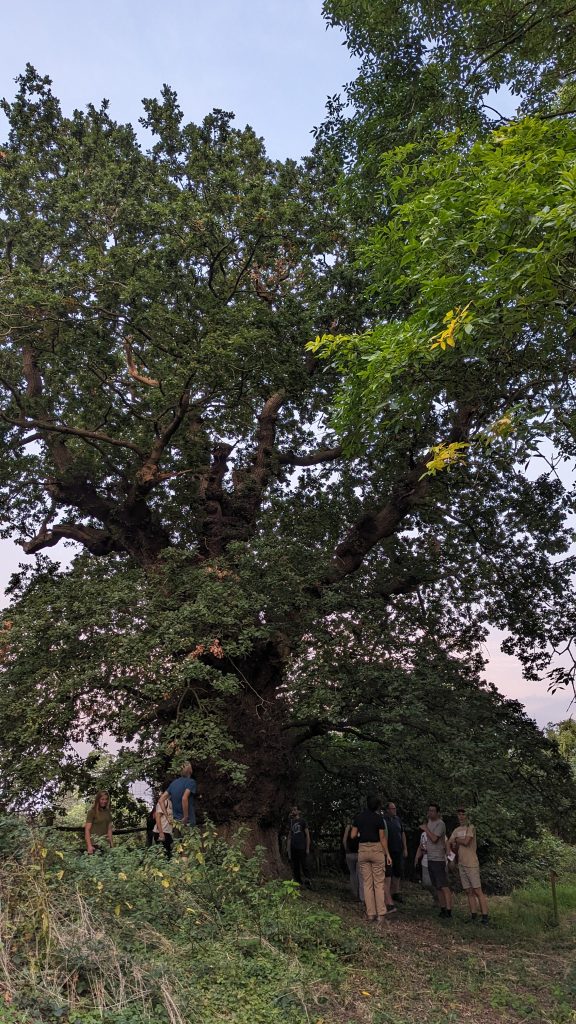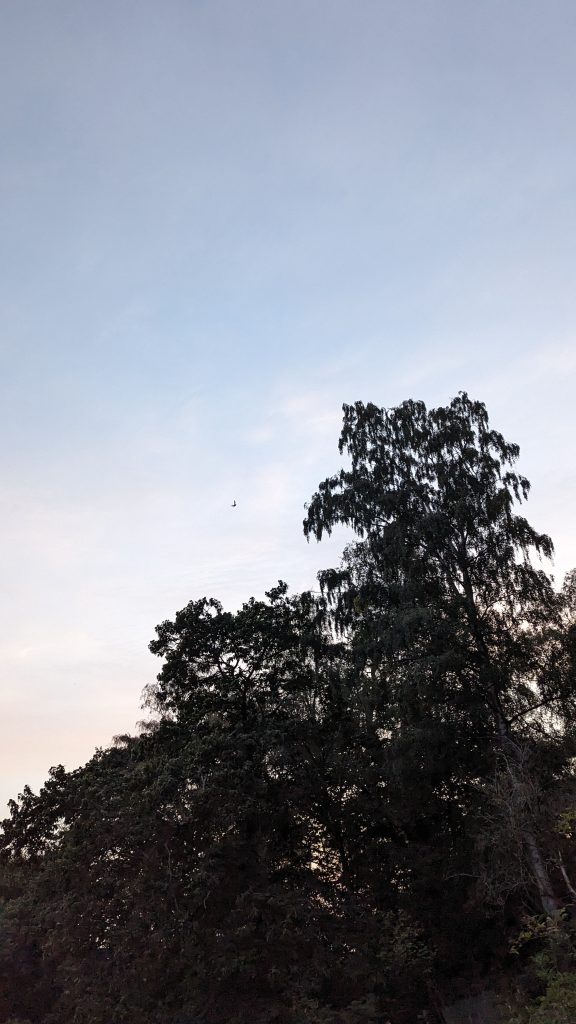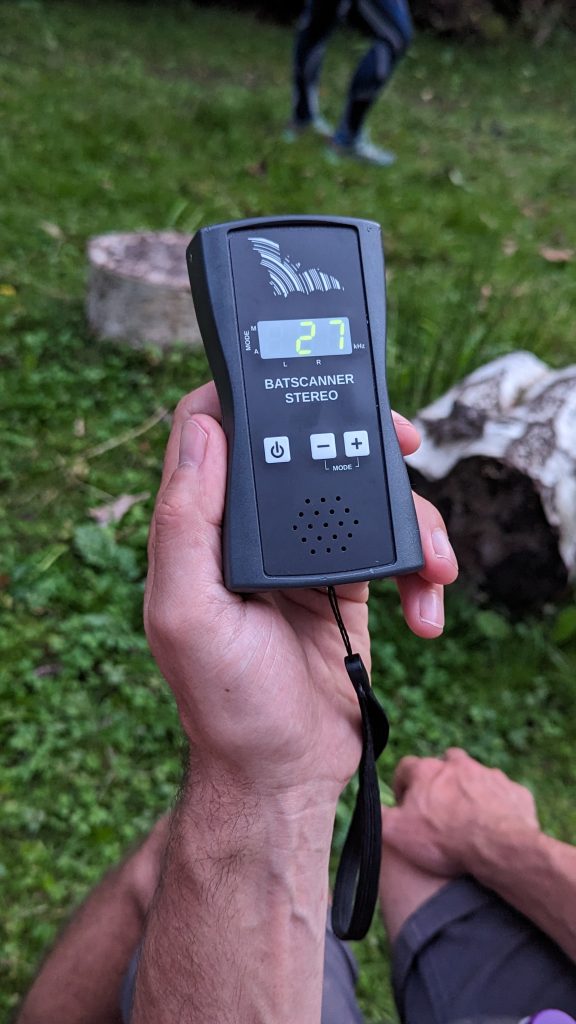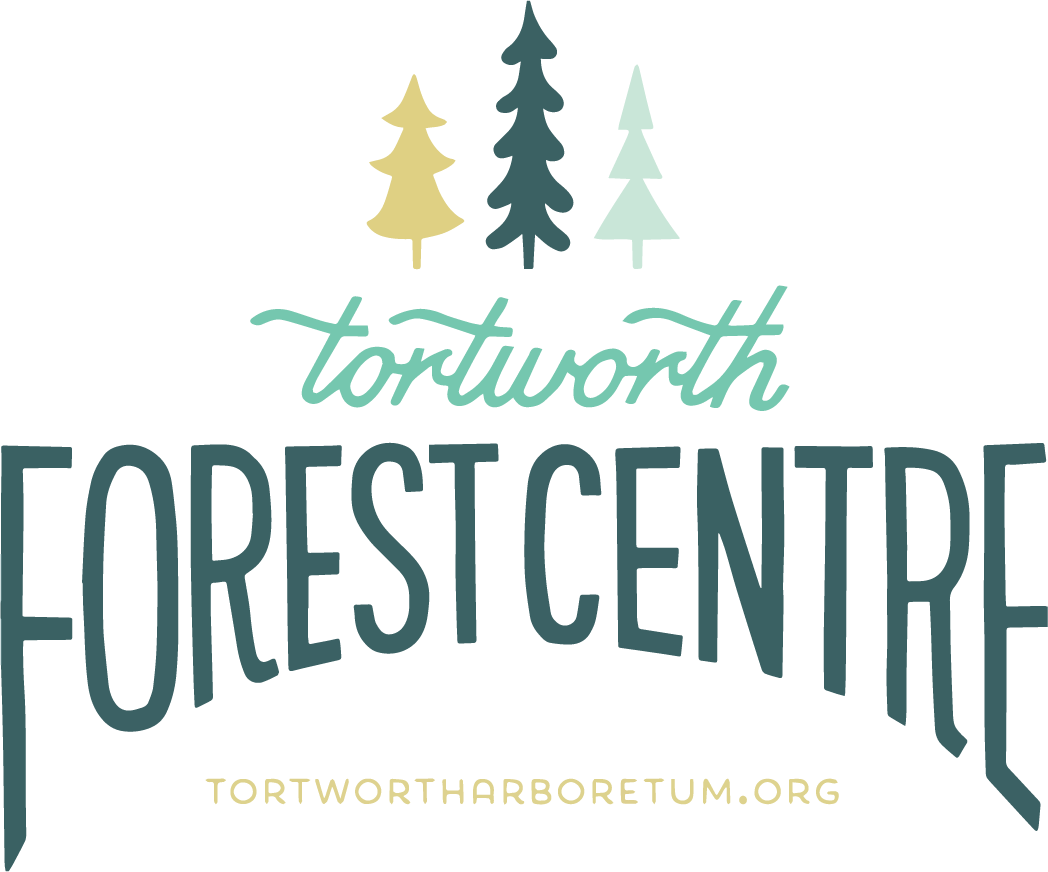Bats at the arboretum: twilight life among ancient trees

As dusk falls over the arboretum, a quiet transformation begins. While most of us are heading home and switching off for the evening, another world is just waking up. Bats, those flickering silhouettes of twilight, begin to flit between the branches of ancient trees, following age-old routes across the woodland canopy.
At Tortworth arboretum, we’re lucky to be home to both a wide diversity of tree species and a rich network of habitats that support bats throughout the year. Ancient and veteran trees play a crucial role in this. Cracks, crevices and hollows in older trunks offer exactly the sort of shelter bats need to roost, breed and raise their young. Even fallen limbs and standing deadwood can create opportunities for insects to thrive, providing a steady food source for bats in summer.

Why bats love ancient woodland
Many bat species depend on a patchwork of habitats to survive. They need roosts that are warm, dry and undisturbed, plenty of insects to feed on, and safe flight paths through woodland glades and hedgerows. Ancient and semi-natural woodlands like Tortworth are ideal because they offer all three.
Our mixture of native trees like oak, ash and chestnut, alongside unusual species introduced to the arboretum in the 19th century, supports a huge variety of invertebrates. That’s great news for bats, whose diet is almost entirely made up of moths, midges and beetles.

Who’s flying overhead?
The smallest and most common bat you’re likely to spot at Tortworth is the common pipistrelle. These agile little flyers can eat up to 3,000 insects in one night and often roost in small groups within tree holes or under loose bark.
At the other end of the scale is the noctule, Britain’s largest bat, which can sometimes be seen high overhead just after sunset. Noctules prefer to roost in tree cavities and are strong, fast fliers, often covering large distances across open areas as they forage for beetles and moths.
We may also play host to brown long-eared bats – often nicknamed the ‘whispering bat’ because of their incredibly quiet echolocation. These shy woodland dwellers are harder to spot, but the ancient trees at Tortworth offer just the kind of quiet roosting sites they seek out.
The exact mix of species we have is still being recorded, but each year our bat walks give a snapshot into the secret life of the forest after dark.

Join us this September
If you’ve ever wanted to experience the arboretum by night, our annual Bat Walk is a rare chance to do just that. Led by an experienced bat ecologist, we’ll explore the woods using handheld detectors to pick up the ultrasonic calls of bats as they hunt and navigate overhead.
Along the way you’ll learn more about how bats live, what they need to survive, and the role our trees play in giving them a home. It’s a gentle walk, suitable for adults and older children, and takes place just after sunset, when the forest is at its most magical.
